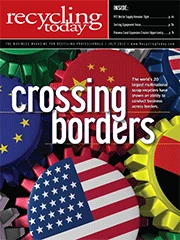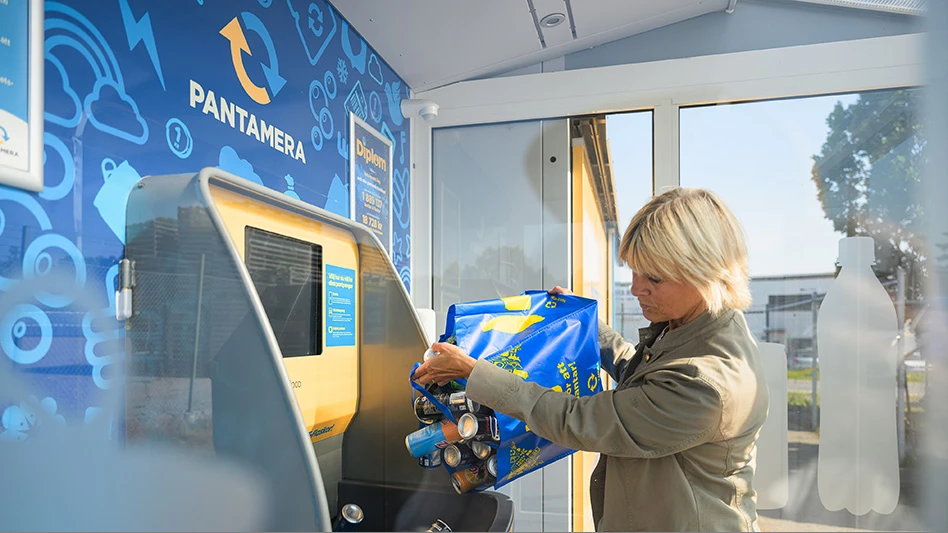|
|
The Recycling Today Media Group has been busy these last few months preparing for our 2012 Paper Recycling Conference & Trade Show, scheduled for Oct. 14 to 16 in downtown Chicago. While the conference focuses on the state of the paper recycling and manufacturing industries, the programming also encompasses other materials, as traditional paper stock plants and material recovery facilities (MRFs) increasingly find themselves handling a more diverse material stream in which paper plays a less prominent role than it has in the past. We will look beyond paper in the sessions “Safe & Secure, where panelists examine the security issues related to handling sensitive information in printed and digital form as well as off-spec or obsolete products, and “Marketing Plastics 3–7,” where speakers discuss supply concerns, buy/sell issues and uses for mixed rigid containers and plastics 3 through 7. These sessions are scheduled for Sunday, Oct. 14, from 2:30 to 3:30 p.m. Additionally, from 4 to 5 p.m. Sunday, speakers at the session “A Thirst for Aluminum” look at opportunities in handling aluminum UBCs (used beverage containers). Plastics are on the agenda again Monday, Oct. 15, in the session “The Future is Plastics,” beginning at 4:30 p.m. Panelists look at markets for some of the most common grades of plastics, including PET (polyethylene terephthalate), HDPE (high-density polyethylene) and LDPE (low-density polyethylene). We hope you’ll join us at the 2012 Paper Recycling Conference to network with representatives from many processing and consuming companies. Please visit www.PaperRecyclingConference.com for more information on programming and registration.
Correction Margalit writes, “Thanks to advancements in excitation and detector technology, XRF is now very capable of separating dozens of aluminum alloys within all the major families. Such technological advancements include the introduction of the silicon drift detector (SDD), powerful X-ray tubes and the optimization of sample-to-detector geometry.” He adds, “I should also note that this level of performance is achieved under ambient conditions, i.e., without the need for vacuum (as stated in the article).” Recycling Today apologizes for the error. |
Get curated news on YOUR industry.
Enter your email to receive our newsletters.

Explore the July 2012 Issue
Check out more from this issue and find your next story to read.
Latest from Recycling Today
- Nucor expects slimmer profits in early 2025
- CP Group announces new senior vice president
- APR publishes Design Guide in French
- AmSty recorded first sales of PolyRenew Styrene in 2024
- PRE says EU’s plastic recycling industry at a breaking point
- Call2Recycle Canada, Staples Professional expand partnership
- Circular Services breaks ground on north Texas MRF
- Tariff uncertainty results in choppy nonferrous scrap flows







